AI Self-Sufficiency: China Gains Software Edge, Races to Cut Nvidia Reliance
Input
Changed
China’s Huawei and SMIC push to expand production facilities. Smuggling reportedly rampant as firms seek to reduce reliance on Nvidia. DeepSeek and ByteDance make strong advances in the AI software market.
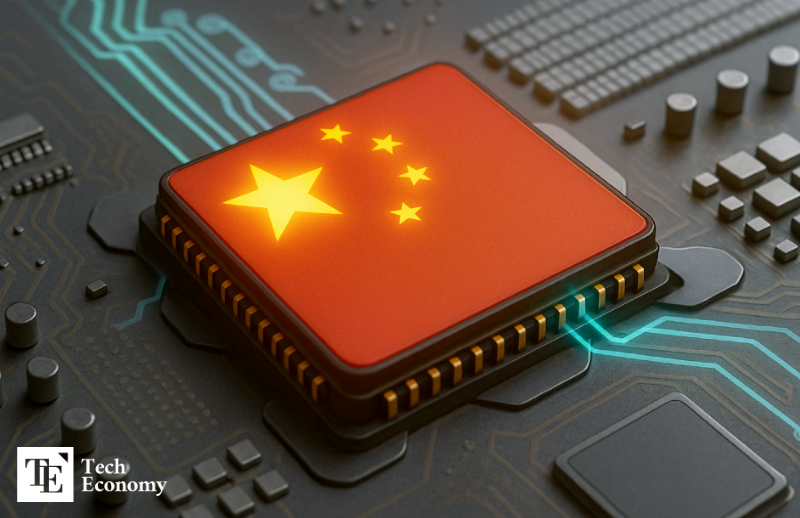
Chinese companies are accelerating efforts to build a self-sufficient artificial intelligence (AI) ecosystem. Core players such as Huawei and SMIC, China’s largest foundry, have announced plans to ramp up production, signaling a push to edge out Nvidia. Markets are now watching closely to see whether China can achieve meaningful growth not only in AI software but also in hardware.
Chinese Firms Target AI Chip Market
On the 27th (local time), the Financial Times reported that Huawei and SMIC are embarking on major production capacity expansions. Huawei is building a dedicated AI chip plant scheduled to begin operations by the end of 2025, with two additional plants planned by 2026. Once all three facilities are running, Huawei’s total chip output is expected to surpass SMIC’s advanced-process production capacity. While the plants are designed to directly support Huawei, they may officially be structured as independent entities or joint ventures with partners.
SMIC, meanwhile, is also accelerating expansion. To meet demand from its largest client Huawei, the foundry plans to double its 7-nanometer production capacity by 2026. A market analyst noted that SMIC’s decision comes as its 7nm yield has gradually improved—reportedly reaching around 70%—and that, if successful, the expansion could sharply boost its influence in the legacy semiconductor market.
Driving these moves is Beijing’s determination to establish an independent AI ecosystem. The government is pushing for rapid development of domestic AI chips, while local firms race to match the performance of Nvidia’s H20, designed for the Chinese market. Startups like DeepSeek are pioneering innovations such as adopting FP8 data formats to maximize hardware efficiency. At the same time, Chinese investors are channeling large-scale funding into AI chip design firms including Cambricon, Biren, and MetaX, fueling the sector’s momentum.
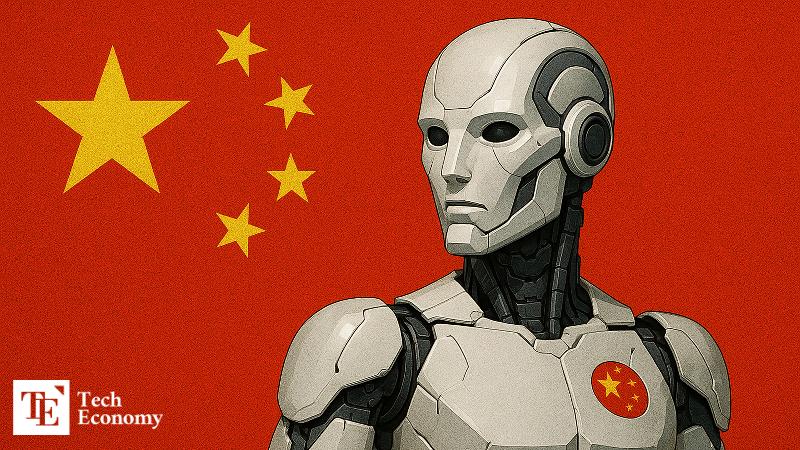
Nvidia’s Grip on China’s AI Market
China’s rush to achieve AI chip independence stems from its heavy reliance on Nvidia. According to a July Financial Times report, several Chinese distributors began supplying Nvidia’s banned B200 chips to domestic AI data center providers as early as May. The Trump administration had tightened restrictions by adding Nvidia’s H20 chip to the export control list, triggering a surge in black-market trading.
The B200, based on Nvidia’s latest Blackwell architecture, is said to far outperform the H20. Multiple sources told the FT that despite export bans on both the B200 and H20, the chips remain readily available on China’s gray market. Vendors in Guangdong, Zhejiang, and Anhui provinces were reported to be selling not only B200 units but also restricted high-end models like the H100 and H200. The FT estimated that smuggled Nvidia chips had exceeded $1 billion in value over the past three months alone.
Analysts believe Chinese companies are sourcing Nvidia hardware through Southeast Asia. In response, the U.S. Commerce Department is weighing new measures to curb rerouting. Beginning in September, Washington is considering additional export controls on advanced AI products bound for Malaysia, Thailand, and other Southeast Asian countries. Under the plan, U.S. firms would need special export licenses for AI chip shipments to these regions to prevent further technology leakage to China.



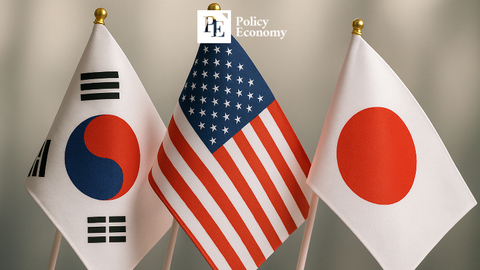
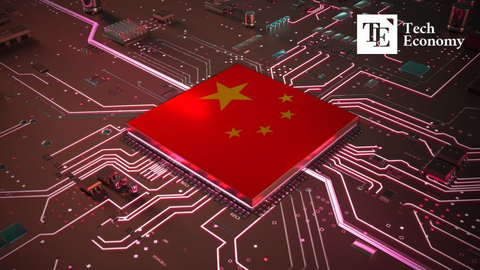

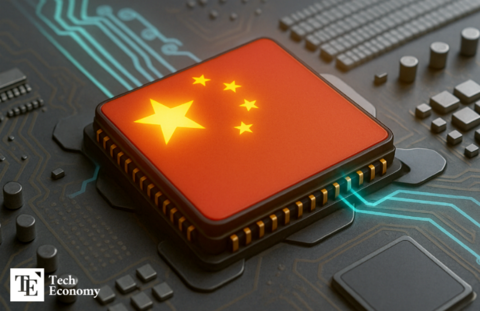
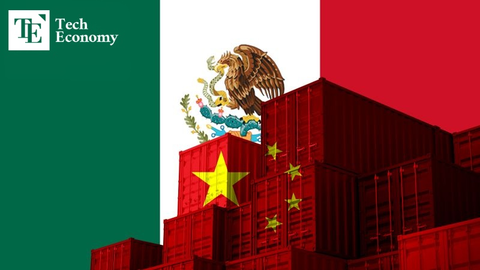














Comment